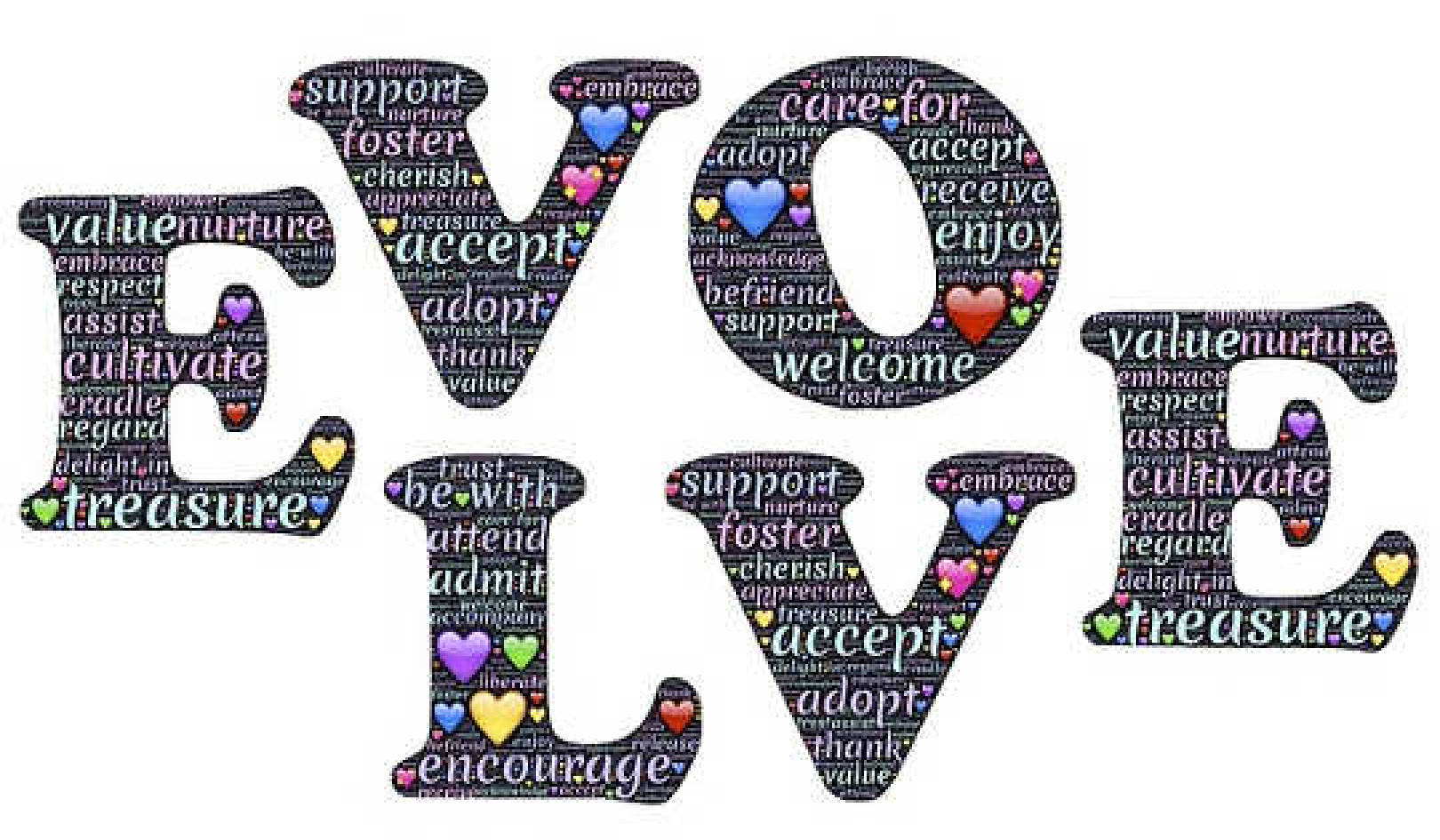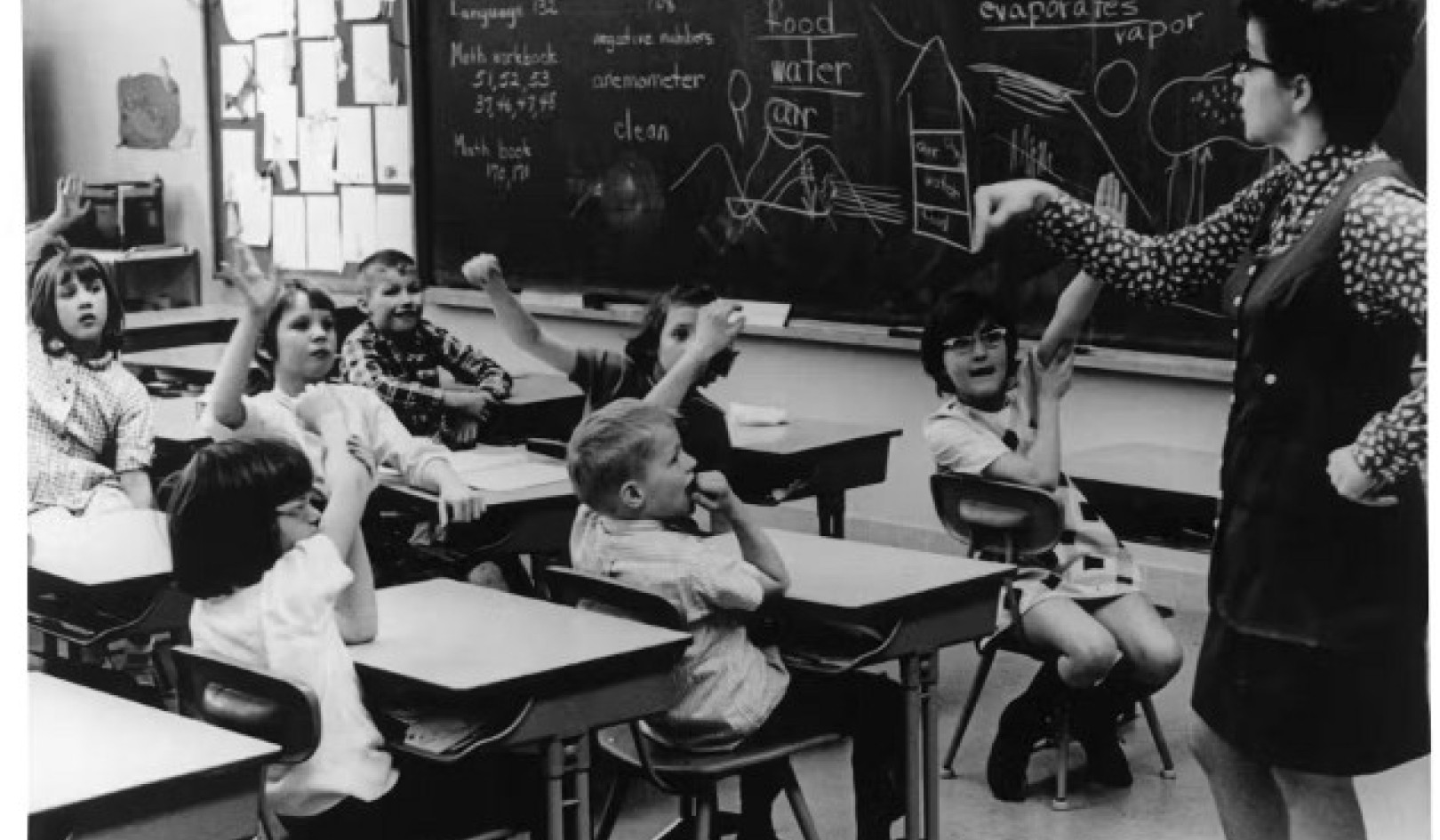
If you can keep your head when all about you are losing theirs . . . If you can trust yourself when all men doubt you...If you can wait and not be tired by waiting...[and] meet with Triumph and Disaster and treat those two impostors just the same...[then] yours is the Earth and everything that’s in it. -- “If—", Kipling: Poems
By “Earth and everything that’s in it,” I believe Kipling means the health, wealth, and love most of us want. The Earth is yours simply because you don’t become a victim of circumstances when all about you the world is making trouble.
Choosing To Remain Calm
Your decision to remain calm inside regardless of what’s happening outside makes you larger than circumstances. You’re able to move through misfortune without it dragging you down, dampening your spirit, or blocking your path. Your calm allows you to look straight into the eyes of adversity, relate to the situation intelligently, and respond to it with skill, creativity, and resilience. You right the ship, reset your course, and keep moving forward.
This quality of calm, when practiced consistently, can eventually grow into an attitude of fearless self-confidence that stress cannot unsettle. It’s the attitude that has the best chance of success in an operating room or a cockpit when things start to get out of control. It’s the personal power motivational speakers are referring to when they say, “Attitude is everything.” Yet few people seem to actually believe it, and even fewer believe that the quality of our attitude hands you the Earth and everything in it.
Remaining Calm in Dire Circumstances
In a dire situation, attitude is often the only arrow left in your quiver, when all that you control is the stance you take on the inside as you face the facts on the outside. The outside, which we call the “world,” can be defined as circumstances we’ll never completely control: the weather, the economy, politics, the environment, mortgage rates, job security, our relatives, and so on.
If you were to make a list of everything you don’t completely control in your life, it would be long indeed. However, evolution, or the Universe, or whatever name you give to the force that created you, did not leave you powerless. It gave you the capacity to transcend circumstances through the power of attitude. This is what Karl Menninger meant when he said, “Attitudes are more important than facts.” [The Power of Positive Thinking: 10 Traits for Maximum Results, Norman Vincent Peale]
An attitude of fearless self-confidence can transform the hard facts of life into the challenge to make your life a masterpiece. In Tales of Power by Carlos Castaneda, don Juan states “. . . a warrior takes everything as a challenge, while an ordinary man takes everything either as a blessing or as a curse.” In other words, the ordinary man’s fortunes or misfortunes are governed by circumstances. A warrior makes his own fortune by transcending circumstances.
Stress as a Decline in the Power of Attitude
Stress itself can be defined as a decline in the power of attitude. Richard Lazarus, one of the world’s leading stress researchers and coauthor of the landmark work Stress, Appraisal and Coping, breaks stress into two components:
1. The stressor, which Lazarus defines as any kind of demand or change that life imposes. A stressor can range from a traffic jam or an unpleasant person or another task added to your to-do list to losing your job or your home going into foreclosure.
2. Stress, which he defines as your appraisal that you must deal with the demand or change, followed by your perception that the demand overwhelms your resources.
Most people relate to “resources” in worldly terms, such as time, money, equipment, or the support of other people. All of these resources fit that definition of the “world” I just gave. They all represent conditions that you don’t completely control. If attitude is the one resource you control completely in every circumstance—and it is—then stress can be defined as losing touch with the power of attitude.
The storms of change and shouts of demands can be raging all around you, but a dynamically peaceful attitude has the power to plant you firmly in the eye of the storm. As a result, you are able to act with the intelligence and reason your higher brain naturally generates because it’s not encumbered by a flood of stress hormones.
Identifying Your Stressors
 I often ask seminar participants to deconstruct a recent situation that was particularly stressful. I have them make a list of five or six obvious stressors at play in the situation, such as the way people were behaving, time constraints, distractions, systems that didn’t work, or a noisy or dimly lit room.
I often ask seminar participants to deconstruct a recent situation that was particularly stressful. I have them make a list of five or six obvious stressors at play in the situation, such as the way people were behaving, time constraints, distractions, systems that didn’t work, or a noisy or dimly lit room.
One participant described a situation in which she was working from home and on a conference call with her project team. She was anxiously trying to download a document that repeatedly wouldn’t open when her housekeeper began vacuuming in the hall outside her office, which set the dog barking. She had to excuse herself from the call to deal with the noise, which took longer than expected because her dog wouldn’t come out from where it was hiding.
When she returned to the conference call, the discussion was well under way, and she was informed that in her absence, she’d been volunteered for a task she didn’t have the time to do. By this point, she was too exasperated to speak up for fear of overreacting, which meant her emotional state was bottled up as a pressure cooker.
Friends were coming for dinner in another hour, but by the time the call concluded she was so stressed that she didn’t have the energy to cook or socialize. These were the elements that formed her list of stressors. Obviously, she didn’t have complete control over most of these issues. The only thing she completely controlled was how she related to each problem, which is attitude.
How Much Control Do You Have on Your Stressors?
Once participants have their list of stressors, I have them rate each item according to the degree of control they perceived they had, from 0 for no control, to 1 through 4 for some control, to 5 for complete control. Typically, no one assigns complete control to any item on their list, but there are lots of zeroes.
Then I ask the group for a show of hands of who listed their attitude as an element in their stressful encounter. It’s rare that anyone raises their hand, even though we’ve discussed the power of attitude in the previous two sessions. It seems people forget too easily the difference their attitude can make or they simply don’t believe it makes a real difference. We become so focused on external factors that the difference a shift in attitude could have made eludes us completely.
At the end of the exercise, I ask people to reflect on how they might have experienced things differently had they focused on remaining calm and clear inside, regardless of what was happening outside. Invariably, people say they would have been less affected emotionally, more skillful and creative in relating to the matter at hand, and able to preserve more of their energy.
Fearless self-confidence is the attitude that can make your life your masterpiece, and it’s acquired by learning to be calm and clear inside regardless of what is happening outside.
©2014 Don Joseph Goewey. Reprinted with permission
from Atria Books/Beyond Words Publishing.
All Rights Reserved. www.beyondword.com
Article Source
The End of Stress: Four Steps to Rewire Your Brain
by Don Joseph Goewey.
 With this simple, straightforward solution, you can switch your brain’s autopilot from habitual stress and anxiety to a mindset that is calm and wired for success. In The End of Stress, Don Joseph Goewey offers an easy, four-step method that will increase your brainpower and end anxiety. Drawing on the latest research in neuroscience and neuroplasticity, Goewey’s cutting-edge approach has been tested through webinars and seminars in high-stress environments and proven effective from chief executives, managers, and engineers to blue-collar construction workers.
With this simple, straightforward solution, you can switch your brain’s autopilot from habitual stress and anxiety to a mindset that is calm and wired for success. In The End of Stress, Don Joseph Goewey offers an easy, four-step method that will increase your brainpower and end anxiety. Drawing on the latest research in neuroscience and neuroplasticity, Goewey’s cutting-edge approach has been tested through webinars and seminars in high-stress environments and proven effective from chief executives, managers, and engineers to blue-collar construction workers.
Click here for more info and/or to order this book on Amazon.
About the Author
 Don Joseph Goewey managed the department of psychiatry at Stanford Medical School, ran a regional emergency medical services system, and for twelve years headed an internationally recognized institute that pioneered an approach to catastrophic life events. He has worked with some of the most stressful situations on earth. He spent six years directing a think tank aimed at integrating breakthroughs in neuroscience and psychology. From this work, he innovated a model for changing brain structure to extinguish stress reactions and amplify the higher brain function that enables a human being to flourish.
Don Joseph Goewey managed the department of psychiatry at Stanford Medical School, ran a regional emergency medical services system, and for twelve years headed an internationally recognized institute that pioneered an approach to catastrophic life events. He has worked with some of the most stressful situations on earth. He spent six years directing a think tank aimed at integrating breakthroughs in neuroscience and psychology. From this work, he innovated a model for changing brain structure to extinguish stress reactions and amplify the higher brain function that enables a human being to flourish.


























